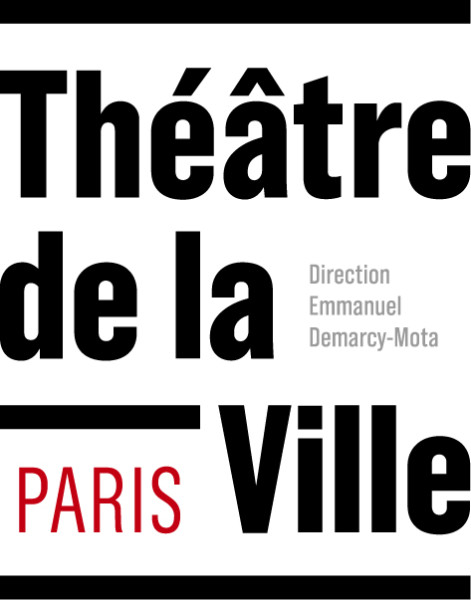Claude Vivier Márton Illés Gérard Pesson Isabel Mundry
octoberoct 7
Claude Vivier : Pièce pour violon et clarinette ; Pièce pour violoncelle et piano
Gérard Pesson: Catch Sonata
Márton Illés: Two Watercolors (French première)
Isabel Mundry: Sounds, Archaeologies (French première)
Trio Catch
Boglárka Pecze, clarinet, basset horn
Eva Boesch, cello
Sun-Young Nam, piano
Susanne Zapf, guest violinist
Coproduction: ProQuartet – Centre européen de musique de chambre
Collaboration: Théâtre de la Ville-Paris, Festival d’Automne à Paris
With support from the Canadian Cultural Center in Paris
Five works, two composed by Claude Vivier before he traveled through the East, plus the French première of three recent works, shape the program by the Trio Catch, a chamber ensemble which has embarked on a series of concerts dubbed “Craquement d’oreilles” for a spontaneous sound experience of unusual and unexpected ways of playing instruments.
In 1975 Claude Vivier composed eight works, some for solo performance, others for duo; most were written for a competition for young musicians. The works included Pièce pour violoncelle et piano and Pièce pour violon et clarinette; these have distinctive archaic elements, and show the shift away from the luxuriant harmony of his early compositions and towards pure melody.
For Gérard Pesson in Catch Sonata, music is suspended and introspective, driven by rhythms gathering speed in a constant movement back and forth, exchanging sounds and tones. The work is comprised of three uninterrupted movements – fort-da-fort – the utterances which Sigmund Freud heard from the mouth of his infant grandson Ernst when playing with a reel attached to a piece of string, this being interpreted as movement away from and back to the mother figure.
A sense of distance and space reigns in the Three Watercolors by Márton Illés, the Hungarian composer who, according to Wolfgang Rihm, writes music where a balance is struck between calculation and risk. The Watercolors feature trills, unstable sounds and rhythmic figures that become disoriented, leading to the discovery of the body of the clarinet, the original making of the instrument and its characteristic timbres.
The work Sounds, Archeologies by Isabel Mundry stands in reference to a sculpture in Ancient Egypt, far from the original setting. And a question is raised: what response can there be when sounds emerge from a shelter for refugees just across the road where we live, with calls to prayer, noise music, African chants and even live broadcasts from the Bayreuth Festival? Inevitably a different way of listening has to be devised, reinventing archetypes of our own musical history, no doubt as an archeologist would observe a figure sculpted in the past.
––––––
Duration: 1 hour 10 minutes (plus intermission)
In the same place

